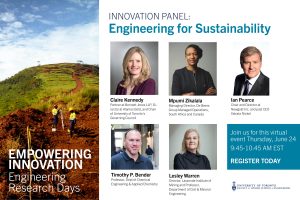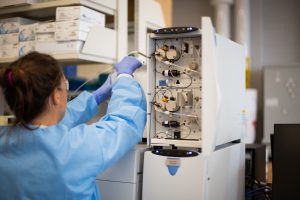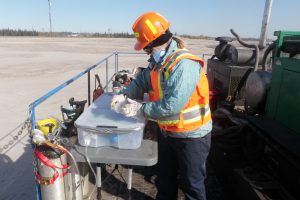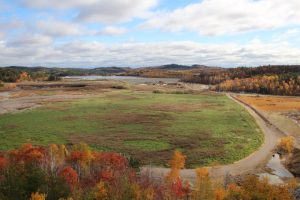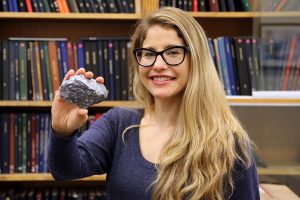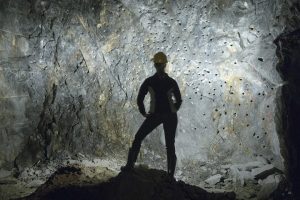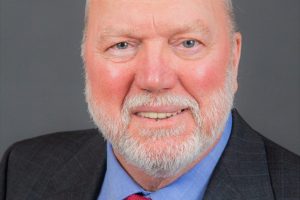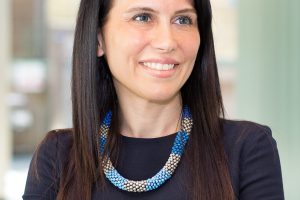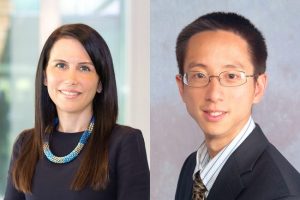NEWS & EVENTS
Join us Thursday, June 24 during Engineer Research Days’ for our Sustainability Innovation Panel
Register today to gain access to the Panel and all the other virtual events during University of Toronto’s Engineer Research Days: Empowering Innovation.
Lassonde Institute expands partnerships across U of T researchers to increase global industry reach
Institute’s new and extended multidisciplinary mandate provides national leadership for advanced mining research and innovation The Lassonde Institute is expanding its mandate to increase research collaborations across U of T and the Faculty of Applied Science & Engineering. The new direction reflects the interdisciplinary nature of the resource sector today and aims to address complex… Read more »
Methane-Converting Viruses Could Play a Role in Combating Climate Change
In a variety of environments — lakes, soils, even mining wastewater — bacteria carry out a wide range of chemical reactions. But a new study from Professor Lesley Warren (CivMin, Lassonde Institute) and her collaborators suggests that previously unknown viruses might also play a key role. The biocatalytic power of these organisms could one day be… Read more »
Making pyrrhotite waste remediation pay for itself
Researchers at the University of Toronto are working on developing a bioleaching process to extract nickeliferous pyrrhotite waste from tailings ponds in the Sudbury area in order to remediate the land and recover up to $11 billion worth of nickel Bacterial mutants and hydrogen peroxide may be keys to reclaiming value from tailings ponds clean-up… Read more »
MSE Professor, Erin Bobicki, awarded NSERC Strategic Partnerships Grant
Professor Erin Bobicki is among five U of T Engineering researchers awarded NSERC Strategic Partnerships Grant. Bobicki ‘s project will investigate the potential viability of new strategies on “Combining CO2 storage with mineral processing”: certain mineral processing wastes have the capacity to store CO2 in mineral form. CO2 also has the potential to be used as a novel… Read more »
From between a rock and a hard place (for women) to an equitable and more profitable place for all: Why gender diversity in mining is vital to the strength and future of the industry
Mining’s “not so secret” secret It is an accepted industry-wide truth: mining has a gender diversity issue. The industry lags behind most other sectors in tackling this systemic problem with recent statistics showing women represent only 16 per cent of the Canadian mining workforce compared to 48 per cent of the overall Canadian workforce. The challenge of… Read more »
Prof. Paul Young appointed to Royal Society of Canada
CivMin Prof. Paul Young has recently been appointed to the position of International (Foreign) Secretary of the Royal Society of Canada (RSC) and a member of Council. “I felt very honoured and humbled to be asked,” said Young of the appointment. “I’m very happy to take on the role.” The RSC, founded in 1882, is also known as the Academies… Read more »
Prof. Gisele Azimi explains the value of recycling rare-earth elements in the National Post
Gisele Azimi’s lab has developed a way to extract rare earths from devices. It uses carbon dioxide to dissolve them, while other processes use acids that generate a lot of nasty waste products. However, the process has yet not been scaled up, though she hopes that see that within a decade. In the meantime, it’s… Read more »
Prof. Gisele Azimi receives 2020 CSChE Innovation Award
Professor Gisele Azimi (ChemE, MSE) is the 2020 recipient of the CSChE Innovation Award presented by the Chemical Institute of Canada. This award recognizes Azimi’s distinguished contribution as an early career researcher to the field of chemical engineering while working in Canada. Azimi is an Associate Professor and Canada Research Chair joint-appointed between the Departments of Chemical… Read more »
Professors Gisele Azimi and Arthur Chan awarded new Canada Research Chair positions
Story by Tyler Irving, U of T Engineering News Two U of T Engineering professors have been awarded new Canada Research Chairs. Professor Gisele Azimi (ChemE, MSE) now holds the Canada Research Chair in Urban Mining Innovation, while Professor Arthur Chan (ChemE) is the new Canada Research Chair in Atmospheric Chemistry and Health. Azimi’s research focuses on innovative ways to… Read more »
